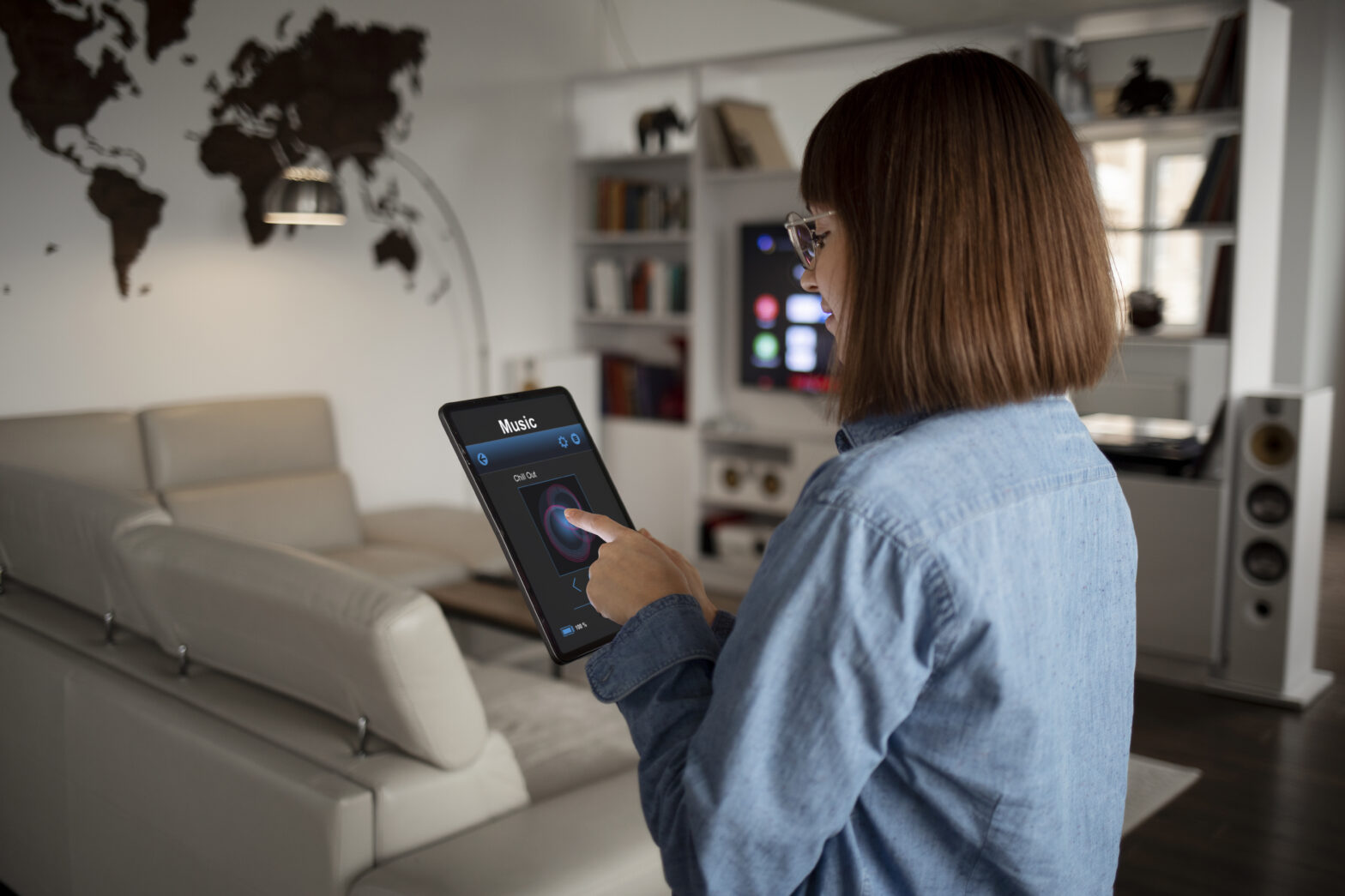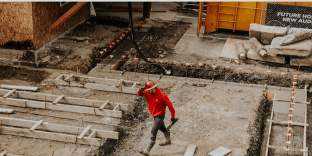
Smart Home Renovations Wall Removal
Smart Home Renovations Wall Removal: The Future of Connected Living Spaces
While planning and designing open-concept spaces through load bearing wall removal can dramatically transform your home, you’re not alone if structural concerns might be holding you back. Many homeowners struggle with outdated floor plans that limit both their living space and their ability to implement modern technology. Even worse, attempting smart home renovations wall removal without proper expertise can lead to structural issues and costly technology integration mistakes that could have been avoided.
“I’ve seen too many homeowners try to retrofit smart technology after load bearing wall removal, only to discover they need to tear into their newly finished walls again. Proper planning integrates both structural and technological elements from the start, saving time and significant costs.” – Jason Hulcy, Founder of Load Bearing Wall Pros
Read on to discover the essential steps for successfully combining structural modifications with smart technology. In the following sections, we’ll explore proven strategies, common pitfalls to avoid, and key considerations that ensure a successful transformation of your living space.
Understanding Smart Integration in Structural Modifications
Successful smart home renovations wall removal projects demand a comprehensive approach where technology integration begins at the structural level. Understanding load bearing assessment and when to consult a structural engineer can save homeowners from costly mistakes down the line.
Industry leaders combine advanced engineering with forward-thinking implementation to ensure lasting results. Essential elements of this process include pre-renovation smart system planning to anticipate future needs, detailed structural integrity assessments using advanced diagnostics, strategic wiring infrastructure that accommodates future technologies, optimized sensor placement for maximum coverage and effectiveness, and robust IoT infrastructure planning for seamless connectivity.
The complexity of removing load bearing walls in modern homes requires a sophisticated understanding of both structural dynamics and smart technology integration. Before any demolition begins, advanced structural analysis tools evaluate the wall’s role in supporting upper floors, roof loads, and adjacent structural elements. This analysis directly influences decisions about smart device placement, wiring pathways, and support beam specifications. For instance, the type and size of replacement beams can affect everything from speaker placement to motion sensor coverage, making early coordination between structural and technological requirements essential for optimal results.
Advanced Solutions for Connected Home Designs
Modern smart home systems wall removal projects require careful consideration of both immediate and future needs. The key to successful implementation lies in thorough infrastructure planning before any walls come down.
For seamless smart home integration during renovations, partnering with specialists who understand both structural and technological needs is key. Their combined expertise ensures that your home’s technology infrastructure supports both current and future innovations, enhancing the functionality and value of your open-concept space.
High-Capacity Electrical Systems
The foundation of any smart home begins with a robust electrical system. This means implementing dedicated circuits for smart devices to prevent overloading, along with strategically placed outlets featuring built-in USB ports. Advanced systems include integrated surge protection and smart electrical panels that enable real-time power monitoring and management. Enhanced grounding systems provide an additional layer of protection for sensitive smart equipment.
Mesh Network Coverage
Network planning must occur before walls are closed. Through detailed heat mapping and signal strength analysis, dead zones can be eliminated and interference minimized. This process determines optimal positions for network access points, ensuring seamless connectivity throughout the newly opened space. Special attention to building materials and structural elements helps predict and prevent potential interference issues.
Central Control Hub Design
The brain of any smart home system requires careful placement consideration. The ideal location combines easy accessibility for daily operation with proper environmental controls to protect equipment. Planning must include adequate ventilation, temperature control, and space for future expansion. This central nervous system of the home should be both accessible for maintenance and discreet enough to maintain aesthetic appeal.
Intelligent Environment Control
Modern smart homes seamlessly integrate lighting, climate, and air quality control. Circadian rhythm programming adjusts lighting throughout the day, while integrated motion sensors help manage both lighting and climate needs. Natural light harvesting systems work in harmony with automated shading to optimize energy efficiency. Temperature and humidity sensors positioned throughout the space ensure optimal comfort in every zone.
Security and Entertainment
A comprehensive security approach integrates cameras, motion detection, and emergency response systems without compromising the home’s aesthetic. Entertainment systems require equally thoughtful integration, with consideration for audio distribution, visual displays, and gaming needs. Hidden speakers, concealed wiring paths, and strategic placement of control interfaces create a secure entertaining environment.
Voice and Remote Control
Creating an effective voice control system requires careful acoustic planning. Environmental factors such as ceiling height, surface materials, and room layout all impact voice recognition effectiveness. Strategic placement of control points ensures reliable operation while maintaining the clean lines of an open-concept space.
Smart Systems in Load Bearing Wall Transformations
The integration of smart systems during structural modifications requires expertise in both engineering and technology. Modern monitoring solutions include sophisticated sensors for load distribution, real-time structural health monitoring, and environmental condition tracking. These systems work together to ensure both immediate safety and long-term structural integrity.
Technology integration points must be carefully planned, with consideration for concealed wiring pathways, smart switch locations, and network access point distribution. This comprehensive approach ensures that both structural and technological elements work seamlessly together.
Creating Seamless Open Concept Designs
Contemporary open-concept spaces demand thoughtful integration of smart technology. When you create an open floor plan by removing a load bearing wall, factors like traffic flow optimization, natural light utilization, and sound management must all be considered in the initial design phase. Zone-based climate control, integrated security systems, and multi-room audio solutions enhance the functionality of these open spaces while maintaining their aesthetic appeal.
The true art of open-concept design lies in creating distinct functional areas without compromising the sense of spaciousness. Smart technology makes this possible through:
- Automated transitions between different lighting scenes
- Intelligent climate management across zones
- Sophisticated audio control for different activities
- Seamless integration of security features
- Flexible space utilization through programmable settings
By thoughtfully integrating smart technology during the initial planning phase of open-concept renovations, homeowners can create spaces that are not only visually stunning but also highly functional and adaptive to their changing needs. The key lies in understanding how structural modifications and smart technology work together to enhance both the aesthetic and practical aspects of modern living.
Frequently Asked Questions
Q: Will removing a load bearing wall affect my home’s value?
A: Absolutely – you can enhance home value with load bearing wall removal when it’s properly executed with smart technology integration. This combination typically increases property worth by improving flow, functionality, and modern appeal.
Q: Can existing smart devices be integrated into the new system?
A: Most compatible devices can be integrated into the new system with proper planning.
Q: What happens if structural issues are discovered during renovation?
A: Advanced monitoring systems help identify potential issues before they become problems.
Q: How do you ensure future technology compatibility?
A: Adaptable infrastructure is installed to accommodate future smart home innovations.
Q: How do you determine if a wall is load bearing?
A: Understanding how to tell if a wall is load bearing requires expertise. We conduct comprehensive structural assessments using advanced diagnostic tools and engineering analysis to identify load bearing walls and their role in your home’s structure.
Transform Your Space With Expert Guidance
Don’t let outdated layouts and structural concerns hold you back from your dream home. Our team of structural engineers and smart technology experts is ready to help you create the modern, open living space you envision.
Your dream space is just one consultation away. Let our expertise guide you through a seamless transformation that enhances both your home’s value and your daily living experience. Contact us today to get started.
About the Author
Jason Hulcy, the founder of Load Bearing Wall Pros, is a seasoned expert in wall removal and home renovations. With a passion for innovation and sustainability, he has helped countless homeowners achieve their dream spaces safely and efficiently. Learn more about his expertise here.


